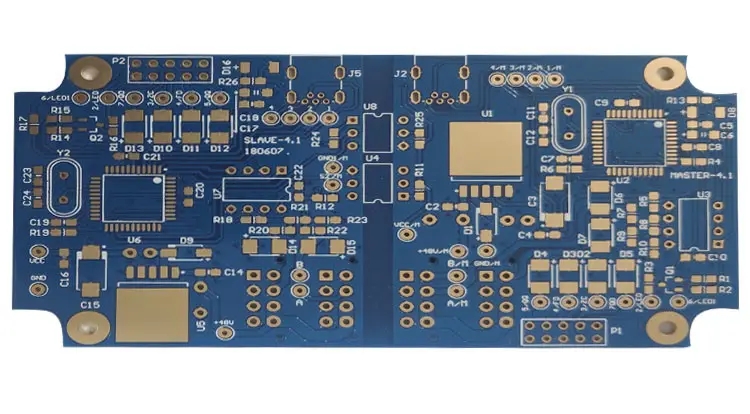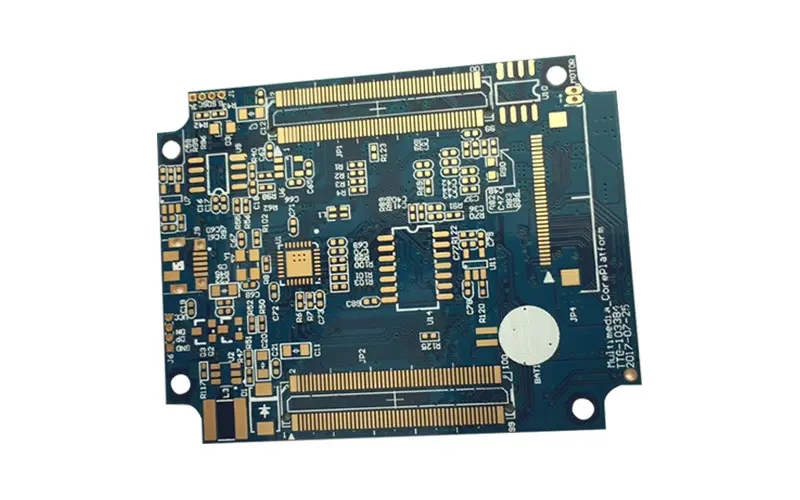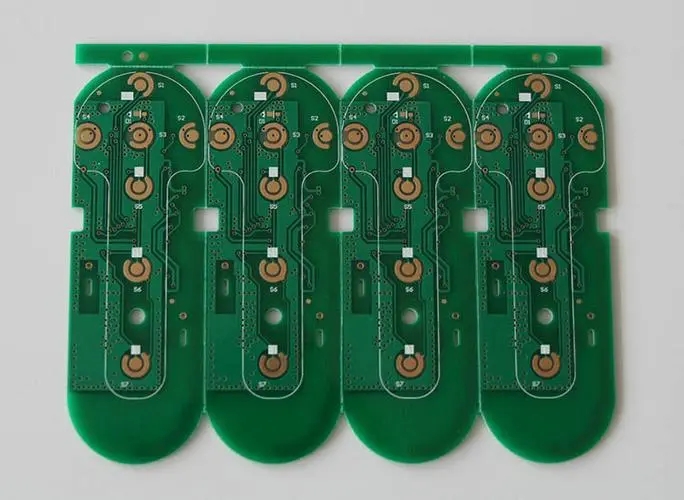
Can the circuit board be recycled? Xiao Bian explains it to you
PCB manufacturers, PCB designers and PCBA manufacturers explain to you whether PCB can be recycled? Xiao Bian explains it to you
With the development of China's electronic industry, more and more waste electronic products and household appliances have been eliminated. At the same time, a large number of waste printed circuit boards have been produced. At the same time, we can see that some people specially recycle waste printed circuit boards. So, what is the use of these discarded PCB? Follow the small editor of the circuit board factory to learn more.
In today's electronic age, intelligent appliances are completely filled with our lives. Every intelligent appliance or non intelligent appliance is controlled by a circuit board, and each circuit board will have its own life, that is, the retirement period. Some appliances are directly turned into abandoned appliances due to external influences, and cannot work. This directly led to the generation of waste circuit boards.
Hazards of circuit boards:
In the world, there are billions of printed circuit boards leaving the factory every day. In daily life, there are hundreds of millions of tons of waste circuit boards piled up. Once the circuit board is piled up, it will do harm to our ecological environment and human health over time. No matter which circuit board will produce organic pollution to society. The electronic components on the PCBA board will also cause pollution. The main pollution is metal pollution, especially heavy metals such as tin, lead and cadmium, which directly endanger human health.
In a professional sense, waste printed circuit boards are a mixture of glass fiber reinforced resin and a variety of metals, which are typical electronic wastes. If they are not properly treated and disposed, they will not only cause a large loss of useful resources, but also contain a large number of teratogenic, mutagenic and carcinogenic substances, such as cadmium and brominated flame retardants, which will cause serious harm to the environment and human health.

At present, waste iron recovery and treatment methods generally include direct burial method, incineration method, water washing and cracking method. However, toxic substances are released, which is easy to cause serious secondary pollution of the air or soil and other environments. National environmental protection policies do not allow this or restrict these treatment modes. Physical method is the best way to recycle and treat waste PCB internationally. The most obvious characteristics of this method are small environmental pollution, high comprehensive utilization rate, large added value and other advantages. It is the development trend of electronic waste treatment in the future; Its disadvantage is that the treatment cost is slightly higher than the recycling treatment mode of incineration or water washing. Due to the large toughness of waste circuit boards, which are mostly flat, it is difficult to separate metals from nonmetals through one-time crushing, and it contains many kinds of substances, and the separation and decomposition process is complex. These characteristics determine that the recycling of waste circuit boards is difficult.
In the electronic waste, although the recycling of circuit boards is difficult, it has a high economic value. The metal grade in the circuit board is dozens to hundreds of times that of ordinary minerals. The metal content is more than 40%, with copper at the most. In addition, there are gold, tin, nickel, lead, silicon and other gold coins, including rare metals, while the content of rich minerals in nature is usually only 3-5%. In addition, the non-metallic residues of waste circuit boards can be used as building materials. At the same time, solders and plastics on waste circuit boards are also important resources that can be recycled.
Therefore, the establishment of more and more circuit board recycling plants provides the final destination for a large number of waste circuit boards, and can also better protect the environment and their own health.
There are various chips, capacitors, transistors and other components on the circuit board, which can be recycled. At the same time, there are gold plating, tin solder, copper framework and other metals on the plate. The main recycling process is as follows:
1. Process A: recover all kinds of chips, capacitors and electrode tubes.
Step 1: heating: put the circuit board on the coal stove and heat it until it softens;
The second step: extraction: extraction of various chips, capacitors, transistors and other electronic components;
Step 3: Classification: classify various chips and electronic components;
Flow direction and use: transfer to Shenzhen and electric appliance factory for direct production of new products;
2. Process B: solder extraction.
Step 4: Heating: place the circuit board with all kinds of chips and electronic components removed on the stove separated by iron plate or pan to continue heating. The tin and other solders on the top will melt and drop on the pan or iron plate, and they will be collected, melted and sold.
3. Process C: gold extraction: (mainly in the suburbs, currently this type of production is very hidden)
Step 5: Acid bath: all kinds of things on the circuit board have been removed. If there is a gold plated part on the circuit board, put it into a strong acid solution;
Step 6: reduction: reduce the gold in strong acid into low purity gold;
Step 7: heating refining: further purify the low purity gold to make gold with higher purity;
Flow direction and use: It is sold as industrial gold.
4. Process D: copper extraction.
Step 8: Collection: collect all kinds of copper containing circuit boards with all accessories removed;
Step 9: transfer and smelting: transfer to Qingyuan for blast furnace smelting and smelting into low-quality copper alloy;
Flow direction and use: sold to smelters in Zhuzhou and other places for separation, smelting and purification.
PCB manufacturers, PCB designers and PCBA manufacturers explain to you whether PCB can be recycled? Xiao Bian explains it for you.







